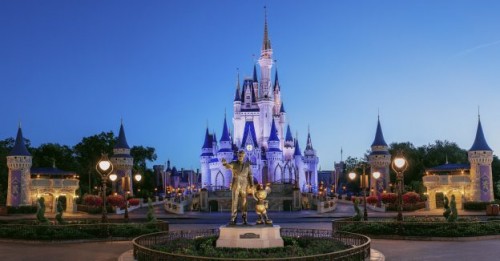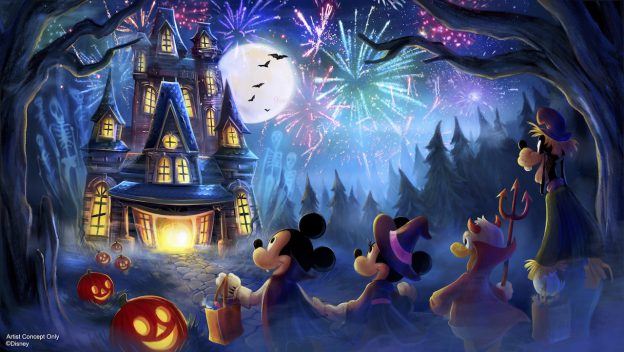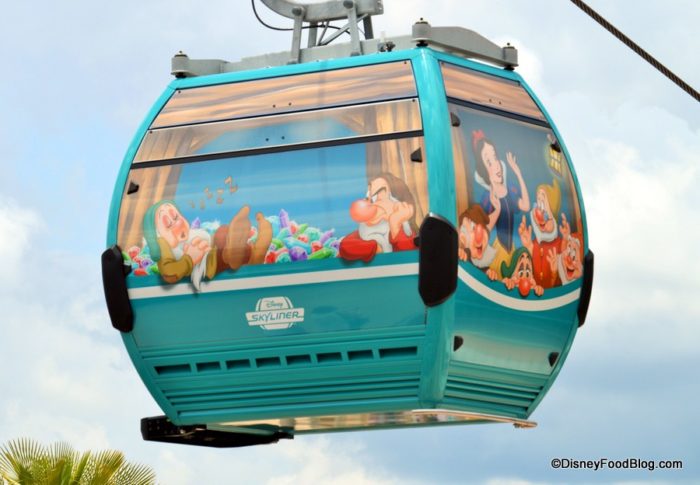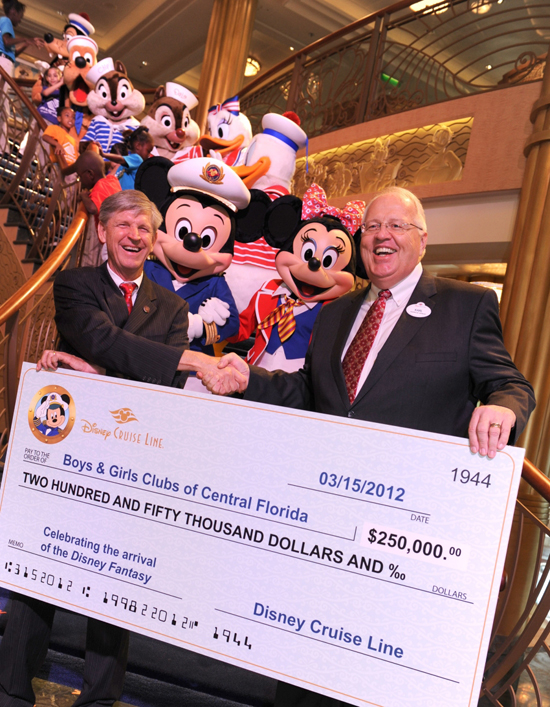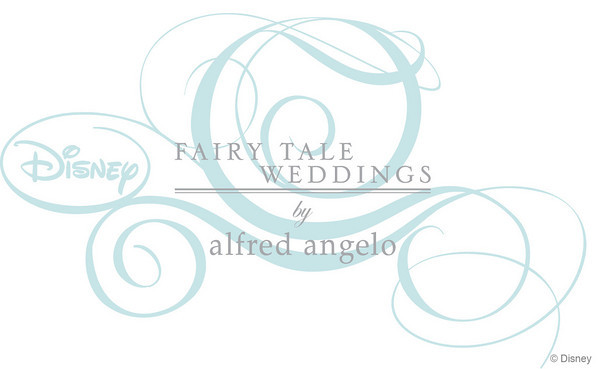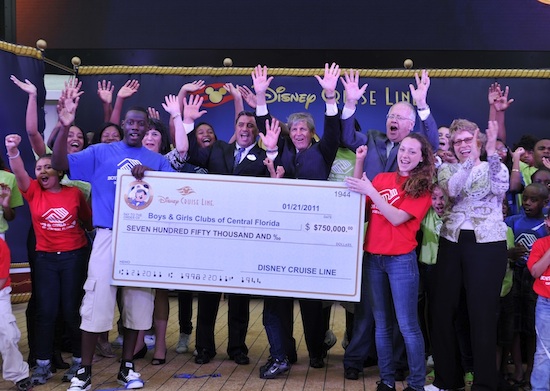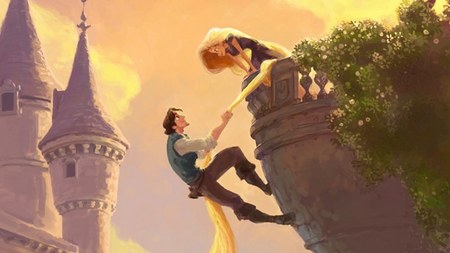 Though we know better than never to say never, Disney has indicated that “Tangled” is to be the studio’s last foray into a much-loved – and very lucrative – genre: the fairy tale. In an attempt to broaden its appeal to audiences, Disney Animation says that it will continue to turn its attention to movies and characters that draw in a wider demographic (read: boys.)
Though we know better than never to say never, Disney has indicated that “Tangled” is to be the studio’s last foray into a much-loved – and very lucrative – genre: the fairy tale. In an attempt to broaden its appeal to audiences, Disney Animation says that it will continue to turn its attention to movies and characters that draw in a wider demographic (read: boys.)
On one level, this news comes as no surprise. After all: what’s left to tell? Disney has told so many of the world’s best-known fairy tales, and their versions have become so beloved that, in many instances they are the only versions of the stories youngsters know. Still, to look around, and consider how intrinsically the fairy tale theme is woven through Disney’s branding – from castles at the center of theme parks to the center of logos – it’s hard to imagine a Disney without a new princess-centric story around the corner.
But the powers-that-be feel that fairy tales don’t really offer anything new; that they represent the safe – and perhaps less interesting – option. “Films and genres do run a course,” said Ed Catmull, chief at Pixar Animation Studios, who also oversees Disney Animation (jointly, with director John Lasseter.)
The winds of change actually blew through with Disney’s last foray into fairy tales: while critically acclaimed, Disney’s “The Princess and the Frog,” underperformed at the box office. Studio decision-makers were quick to point the finger at the movie’s narrow appeal – to girls only – as the reason for the lackluster returns. Immediately, Disney turned a critical eye to its Repunzel movie, which was already in production, in an attempt to broaden the market.
“Tangled” – gender neutral rather than signaling a princess fest – became the new title. And most of the work that had been completed on the film was scrapped, as a new directing team completely rethought the direction of the film.
Hitmaker Alan Menken was brought in to pen new material for the film, and directors Nathan Greno and Byron Howard, who had previously brought Disney’s “Bolt” to life, married traditional Disney storytelling with high-flying action and quick-thinking dialogue in hopes of appealing to girls and boys alike.
In their final attempts to distinguish “Tangled” from its fairy tale predecessors, Greno and Howard swapped the prince for a thief, and villain “Mother Gothel” looks and feels more like a Broadway villian than an evil enchantress.
But even beyond widening the appeal of films to include boys and girls alike, some experts agree that it’s just not little boys that are sounding the death knell for fairy tales: girls are signaling that there is a finite point to princess power.
With the advent of tween TV, and the likes of Selena Gomez and Miley Cyrus, the younger sets’ hankering for the trappings of royalty is scaling back. “By the time they’re 5 or 6, they’re not interested in being princesses,” said Dafna Lemish, chairwoman of the radio and TV department at Southern Illinois University. Lemish is also a recognized expert in the role of media in children’s lives.
I’m not sure exactly how all of this analysis explains the commercial success of all the princesses – and corresponding fairy tales – that came before “The Princess and the Frog.” Nor does it explain why the princess franchise so wildly popular in all things Disney retail continues to be a top seller. But one thing seems sure: Disney does not plan to continue down a path that it doesn’t feel is working. And the proof is in the pudding. Next up for Disney Animation: “Cars 2” and “Winnie the Pooh.”

